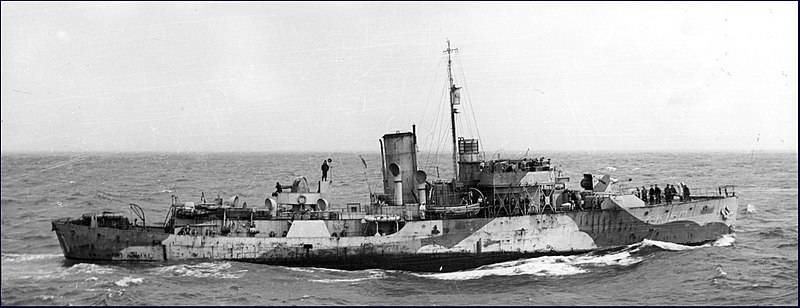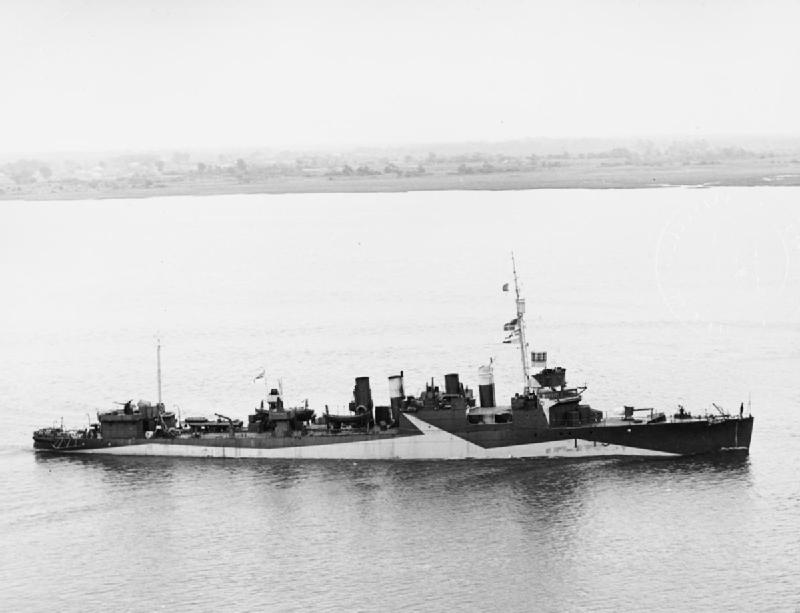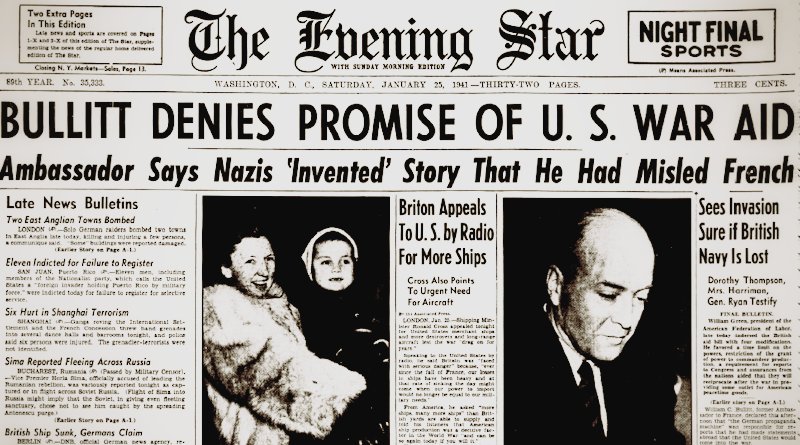World War II Chronicle: January 25, 1941
Click here for TODAY’S NEWSPAPER
Page two reports the Italians claim to have sunk a British transport. Over 300 troops were aboard the 7,000-ton steamer Eumaeus when the Italian submarine Comandante Cappellini sunk her with gunfire off the coast of French West Africa on Jan. 14. Planes from the seaplane tender HMS Albatross dropped life rafts to the survivors, and Royal Navy anti-submarine trawlers HMS Spaniard and HMS Bengali rescued all but around 30 of the men.
Cappellini has an interesting service record: she sunk some 30,000 tons of shipping with the Italian Navy before being assigned the duty of shuttling materials back and forth from Japan. When Italy surrendered in 1943, she was seized by the Japanese and transferred to German service. Renamed UIT-24, she remained in the Pacific, crewed by Italians and Germans. Once Germany surrendered in 1945, Japan seized the sub a second time, now served by a Italian-German-Japanese crew. The Americans captured the sub following V-J Day, (whose confused crew may have been more relieved than anyone that the war was over), and scuttled the thrice-captured sub in 1946…
Col. William J. Donovan, Medal of Honor recipient from the World War now serving as an “observer,” has safely reached Salonika, Greece…
Having dropped off Britain’s new Ambassador to the United States earlier in the week, (Lord Halifax was welcomed by Pres. Franklin D. Roosevelt in his private yacht), the battleship HMS King George V departs Chesapeake Bay on this day. On the way back to England, the battleship and her flotilla help escort convoys HX.104 from Halifax, Nova Scotia and BHX.104 from Bermuda to Liverpool. Between the two convoys, there were around 57 ships flying flags from nine different nations (Dutch, British, Norwegian, Swedish, American, Belgian, Greek, Yugoslavian, and Polish). It would be difficult to accurately determine the tonnage for each ship was, but we can list some of the items they carried: diesel fuel, aviation gasoline, maize, phosphates, scrap iron, pig iron, steel, grain, newsprint, sulfur, Douglass bombers, trucks, truck wheels, paper, wheat, molasses, lumber, benzine, sugar, and zinc.
In addition to the battleship and her escorts, the convoy was also guarded by destroyers HMS Arrow, HMS Churchill, corvettes HMS Arrowhead, HMS Aubrietia, HMS Eyebright, HMS Hollyhock, HMS Spikenard, and the minesweeper HMS Rajputana. Moving at nine miles per hour, it took the ships 14 days to cross the Atlantic.

This was just one of 97 convoys to sail from Bermuda and 377 convoys between Halifax Harbor and Liverpool. Thousands of Allied convoys would crisscross the globe by war’s end.
It took an incredible amount of effort to supply the Allied war machine. Just consider for a moment how many people it took to make a combat boot: getting the leather off the cow, turning it into a boot, shipping the boot to a warehouse which would send it to the harbor for loading onto a convoy… if an enemy submarine doesn’t send the boot to the bottom of the ocean, it gets unloaded in England, sent to another staging area, sent across the English Channel, unloaded and staged again, placed on a truck, then catches up to battalion headquarters where it can finally be distributed to a soldier.
It’s safe to say that several thousand people were involved in something as simple as a boot. Logistics may not be glamorous, but without the incredible coordination and effort behind moving materials halfway across a planet to the front lines, our strategy and tactics would have been a non-factor. There are no legendary tales about General Starved-To-Death’s almost-double-envelopment or the time when Captain Out-Of-Fuel nearly “crossed the T.”
Destroyers for Bases, Part 1
HMS Churchill, one of the escort ships mentioned above, was the former USS Herndon — one of 50 American destroyers transferred to the Royal Navy in return for 99-year leases to British bases in Newfoundland and the Caribbean. A few of the destroyers had seen action towards the end of World War I, but most were commissioned shortly after the war and were, by 1941, no longer considered vital to American national security.

Pres. Roosevelt signed the deal on Aug. 30, 1940, violating the Neutrality Acts passed by Congress in the 1930s. Like Cappellini above, Churchill also served three nations: the British transferred her to the Russian Navy in 1944, but she was sunk by a German U-boat on Jan. 16, 1945…
Sports section starts on page 16 where the contest for baseball’s highest-paid pitcher — between 22-year-old Indian Bob Feller and Detroit’s Bobo Newsom — is discussed. Newsom posted a 21-5 record last year with a 2.83 ERA and 164 strikeouts in his tenth big-league season. Feller won 27 games and led the league in pretty much everything… Meanwhile, former All-American fullback John Kimbrough is looking at a $37,500 contract from football’s New York Yankees, which is about five grand more than what Newsom will make this year…
Evening star. (Washington, D.C.), 25 Jan. 1941. Chronicling America: Historic American Newspapers. Lib. of Congress.
https://chroniclingamerica.loc.gov/lccn/sn83045462/1941-01-25/ed-1/
